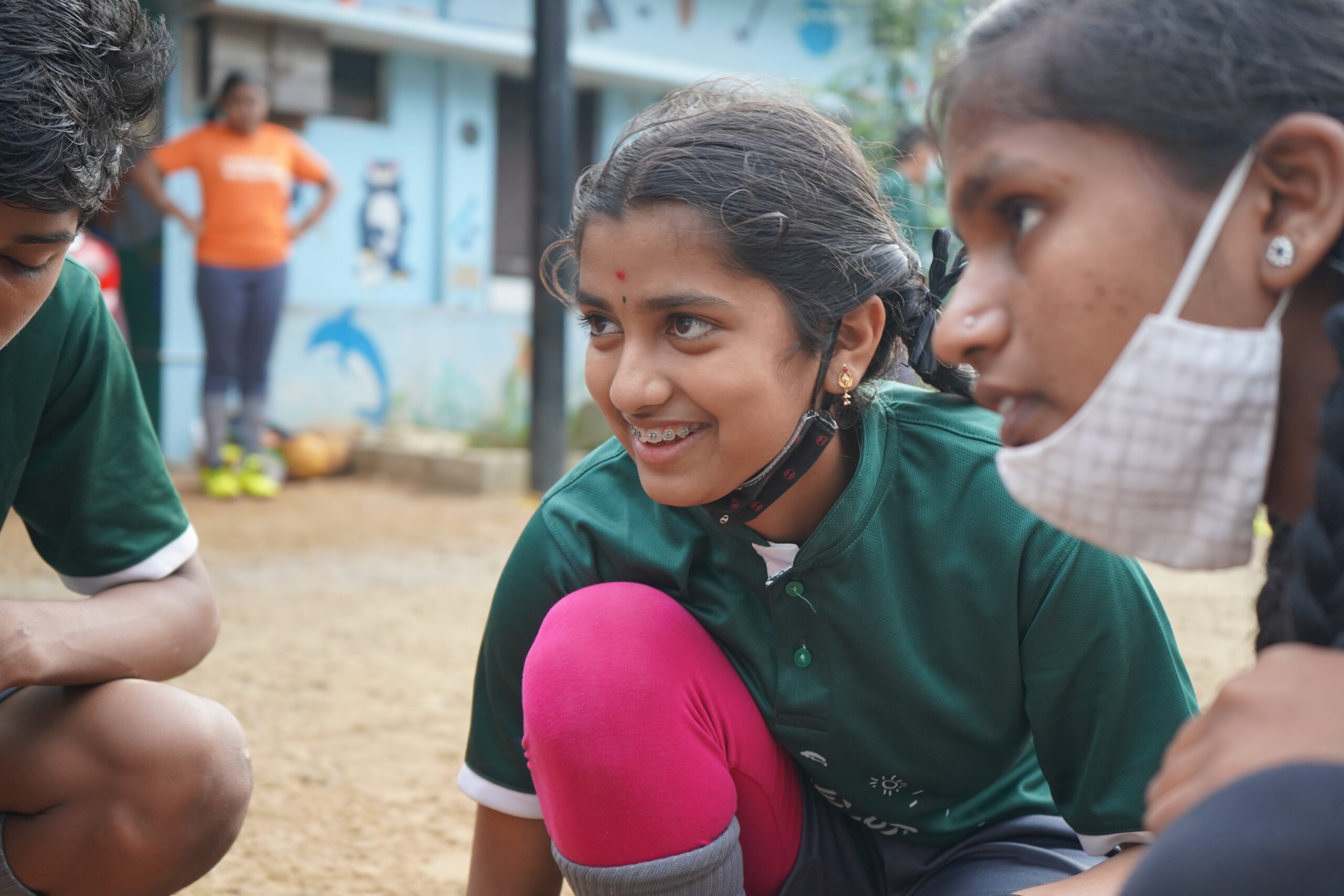This International Children’s Day, let us imagine an idyllic future for our children, a world in 2100- fresh air to breathe, clean water to drink, human beings co-existing harmoniously with all living beings, a world where peace, love and empathy prevails. Towards achieving this future, let us assess the path we have paved till now in making it possible. The world today is experiencing war, strife, climate crisis, a life threatening pandemic, lack of interconnectedness and empathy and a sense of fear of the future. It is getting increasingly difficult to dream of a better world given the grim statistics.
A Mental Health and Well-being of School Students survey conducted by the Government of India in 2022 found that 50% of students felt a sharp decline in their happiness quotient while 45 percent of students are not satisfied with their body image. Registered crimes against juveniles in 2021 has increased by 4.7 per cent from 2020 with maximum numbers of them being involved in serious offences like murder and riots. The purpose of education is to make every child a responsible and helpful member of the community. With a 99.9 percent school enrolment ratio, the Indian education system has the potential to reimagine the purpose of education. It is time to focus on outputs like building care, kindness, empathy, a sense of self-worth and dignity in our students.
One of Dream a Dream’s programme graduates, who is employed at a leading company today and is seen as a responsible, respectful young man, was battling addiction and was engaged in violence a few years back. He was labelled as a “thief” and a “good for nothing”. The first time a facilitator apologised to him for being removed from a session for creating disturbance, he was shocked, as no one till then had valued him enough to say sorry. With his sense of dignity restored, he self-reflected and planned a thriving life for himself. Developing positive, empathetic relationships, he found the courage to peel off the labels given to him by society. He started believing in his ability to lead his best life. Today, he is successful at work and is the pride of his parents. He is thriving.
Thriving does not compete with others, but uplifts each one. It means being the best version of oneself and by this very definition it encompasses every child in the world, irrespective of their abilities. Can we bring care and empathy into our classrooms and reimagine the purpose of education to ‘For Every Child, A Thriving Life’? Within the educational ecosystem, we need to introspect on the need for power structures and the purpose they serve. Is learning hierarchical or mutual? The process of teaching opens the door to new learnings not only for the students, but also for the teachers. Are we ready for the culture of open learning? Can we protect and empower the innate ability of every child to thrive so that the child believes in their potential to do good in the world?
To create the beautiful picture we imagined, we need to show kindness to our children, we need to hold them when they lose their way and we need to respect their choices. The only way children learn is by observing the world around them. Let us paint a picture of love, care, empathy, dignity and acceptance. For this, we have to shed the labels given by society, we have to unlearn our limiting past experiences and prejudices to re-think and reimagine the future, we have to be brave and teach our young people to be courageous. Courageous enough to fail, learn and succeed in the path they define for themselves. We have to teach our children to believe in abundance and move from the space of usurping to sharing, from conflict to collaboration. When they are not compared to each other, they understand that if my friend thrives, I thrive and together, we all thrive. This is the basis of happiness- found in connections, in giving, in being useful to others around us. These children will then paint our idyllic picture into a reality.
About the author: Saba Ahmad is a Copy editor, with the Communications team at Dream a Dream


